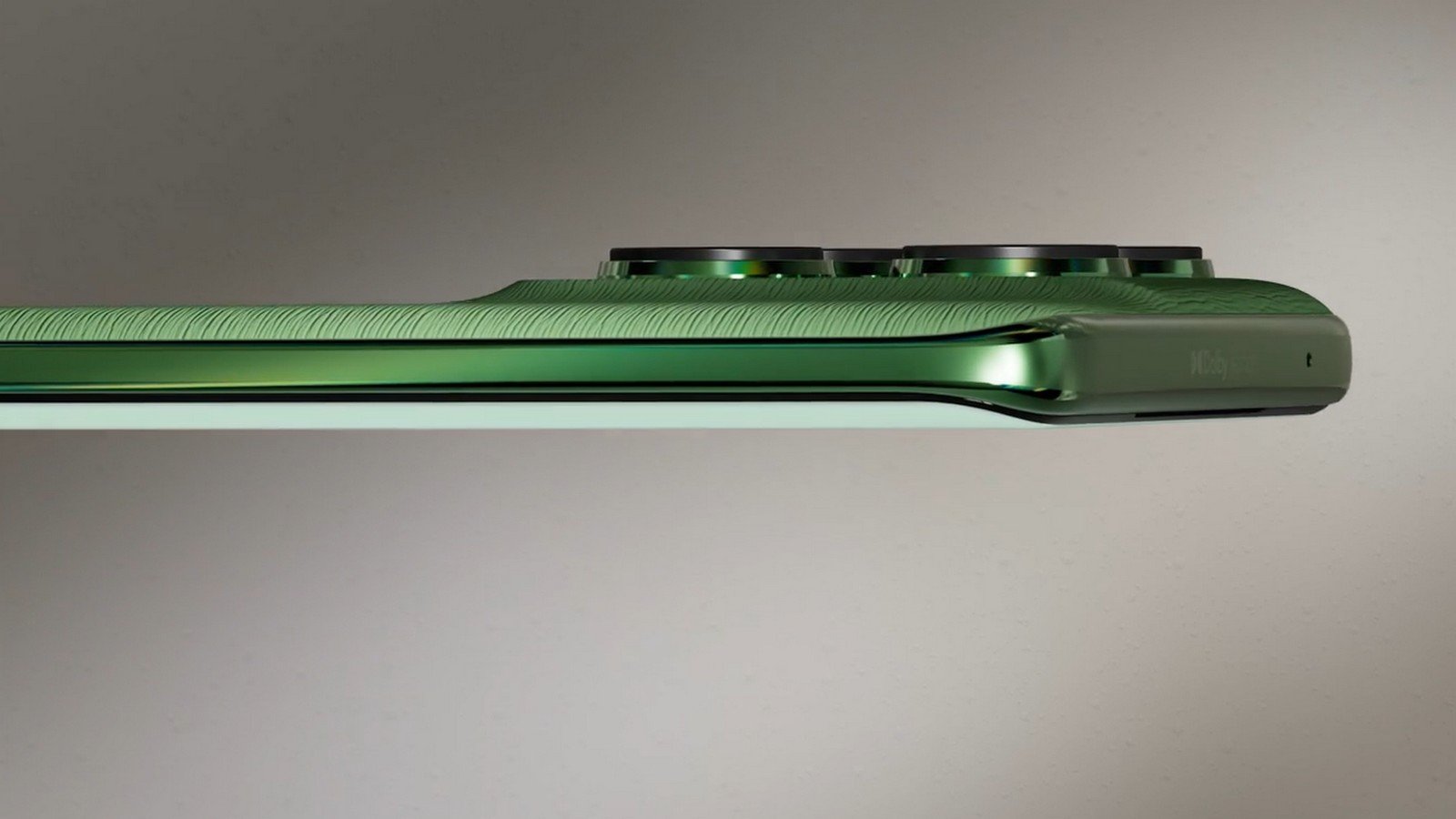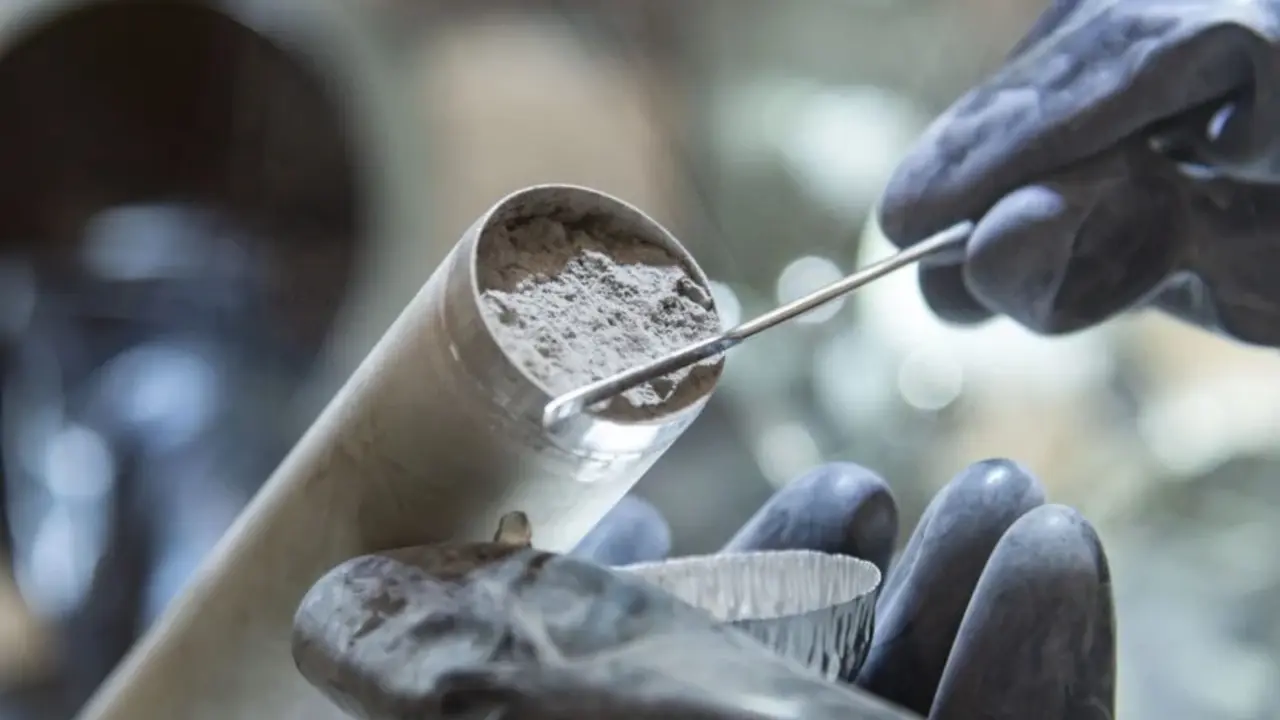Astronauts took a core sample from the Taurus-Littrow valley on the Moon and sent it to Earth. Until recently, most of the samples were kept sealed as part of a NASA program until modern technology made it possible to study them in more detail.
Researchers measured sulfur isotope ratios in moon rock using secondary ion mass spectrometry. Although it was previously believed that the Moon’s isotope composition matches that of the Earth, it turns out that the sulfur-33 isotope ratio is very different from that of the Earth.
According to the study’s authors, this could indicate chemical reactions that occurred in the early history of the Moon’s formation, or possibly the origin of matter from the hypothetical planet Theia, which collided with Earth and gave birth to the Moon.
Source: Ferra
I am a professional journalist and content creator with extensive experience writing for news websites. I currently work as an author at Gadget Onus, where I specialize in covering hot news topics. My written pieces have been published on some of the biggest media outlets around the world, including The Guardian and BBC News.













